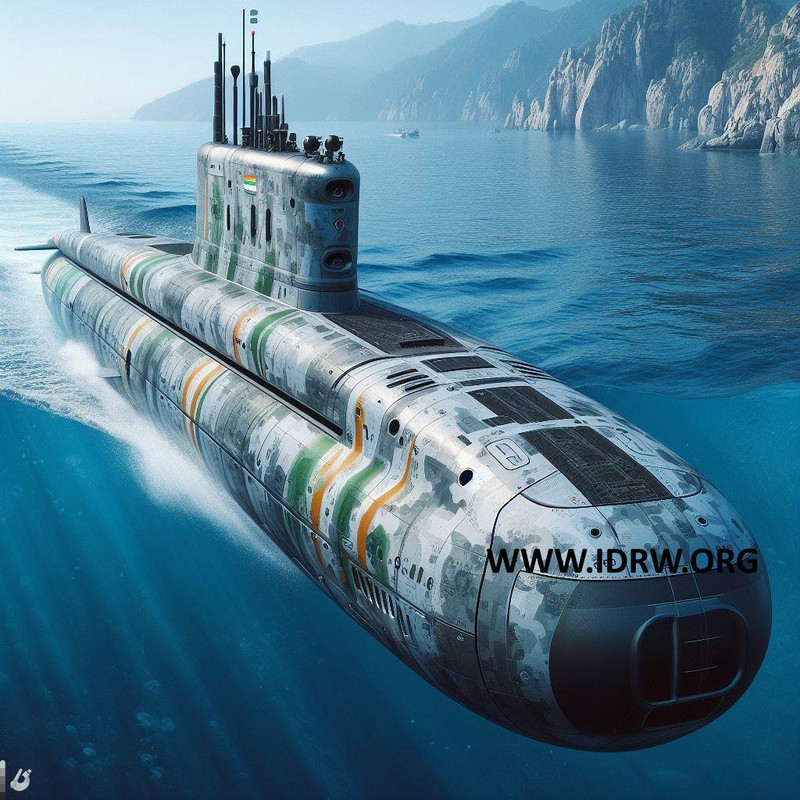SOURCE: RAUNAK KUNDE / NEWS BEAT / IDRW.ORG

In a significant advancement for India’s naval capabilities, the Defence Research and Development Organisation (DRDO) has received authorization to commence the design of a next-generation conventional diesel submarine as part of Project-76. While comprehensive details of the program are still emerging, several key aspects have been confirmed, highlighting the ambitious scope and advanced technological integration envisioned for the new submarines.
The Indian Navy has specified that the new submarines must incorporate the latest Air-Independent Propulsion (AIP) technology and lithium-ion batteries. These innovations are expected to enhance the submarine’s endurance and operational efficiency. The planned displacement of the submarine is nearly 3,000 tonnes when submerged, positioning it as a formidable asset in India’s underwater fleet.
DRDO will leverage its extensive experience and technological advancements from the nuclear attack submarine program, which was greenlit by the Ministry of Defence (MoD) in 2015. The integration of advanced communication systems, sonar, and other sensors from the nuclear submarine program will ensure that the conventional submarines possess state-of-the-art capabilities.
DRDO is collaborating with the Warship Design Bureau (WDB) to finalize the configuration of the submarine. One of the critical features under consideration is pump-jet propulsion, which is being evaluated for both nuclear attack submarines and the next-generation conventional diesel submarines. This propulsion technology is known for its stealth and efficiency, which are crucial for modern naval operations.
The design of the new submarines will incorporate elements from the Kalvari class program and the yet-to-be-decided winner of the Project-75I submarines. The Kalvari class, based on the Scorpène design, has already demonstrated its effectiveness in Indian waters, and its proven technologies will provide a reliable foundation for the new class. Additionally, insights from the Project-75I competition will further refine and enhance the design.
The timeline for the submarine program is ambitious yet realistic. The design phase is expected to be completed within the next three years, with the overall program receiving final clearance in the subsequent two years. If the project progresses as planned, the first submarine should be ready for sea trials around 2037-38.
The development of these next-generation conventional diesel submarines under Project-76 underscores India’s commitment to bolstering its maritime defence capabilities. The integration of advanced AIP technology and lithium-ion batteries, coupled with sophisticated sensors and communication systems, will provide the Indian Navy with a powerful and versatile underwater platform.
NOTE : Article cannot be reproduced without written permission of idrw.org in any form even for YouTube Videos to avoid Copy right strikes. Websites doing illegal reproductions will get DMCA and Legal Notices.